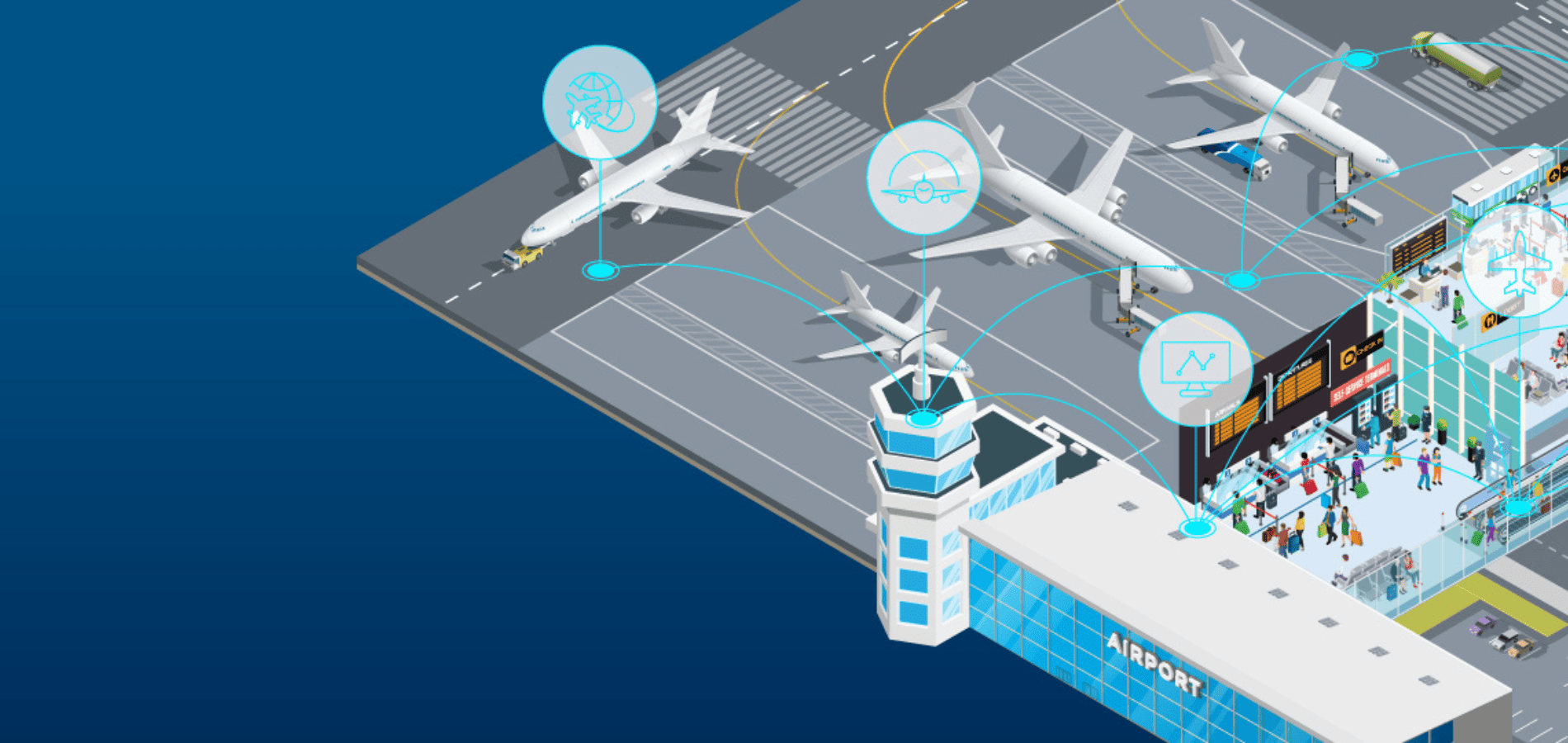How Smart Airports Are Transforming the Future of Passenger Experiences
The aviation industry is soaring to new heights, and airports have an exciting opportunity to embrace the challenges of this evolution.
The modern world of air travel presents unprecedented challenges for airports. With air passenger traffic set to double over the coming decades, managing capacity effectively will be a critical concern. According to the International Air Transport Association (IATA) and Airports Council International (ACI), airport operations must adapt to accommodate these increasing passenger volumes.
Consider the Scope of This Challenge:
- Commercial air transport has expanded six times faster than ground transport since 1960.
- By 2037, an estimated 8.2 billion people will travel by air globally.
- In the U.S., airports will need to handle approximately 330 million passengers annually within the next two decades—equivalent to the current U.S. population.
Passengers now have higher expectations for their travel experiences, necessitating greater operational efficiency throughout the journey. Recent global health crises have further complicated these operational challenges. Addressing these demands requires innovative airport management solutions driven by technology, sustainability, and enhanced passenger experiences.
Redefining the Airport Experience
Increasing passenger numbers place significant pressure on airports, many of which operate within aging infrastructures. Historically, baggage carousels, moving walkways, and boarding gates symbolized modern air travel, but today's airports struggle to meet new consumer expectations with these outdated systems.
A successful future passenger experience will incorporate digital technology, biometric tracking, bagless journeys, and data-optimized operations.
What Will the Passenger Experience of the Future Look Like?
Embracing Digitalization
Smartphones are evolving into all-in-one travel companions, managing everything from check-ins to duty-free shopping. Technologies like service robots further streamline the travel experience.
Personalized Experiences
5G technology will revolutionize airport navigation, providing real-time flight updates and personalized directions directly to passengers’ phones, reducing stress and improving efficiency.
Bagless Journeys
Convenient city locations for luggage drop-off services enable hassle-free travel, eliminating the need for baggage claim queues.
Realizing a Smart Airport
Building new airports with additional runways, gates, and facilities is one solution, but it involves extensive planning, construction time, and significant costs. A more feasible solution lies in integrating dedicated airport management solutions with existing operations. These solutions can transform current infrastructures into smart airports of the future, utilizing scalability, configurability, and automation tools underpinned by the virtual twin, the artificial intelligence and the machine learning.



